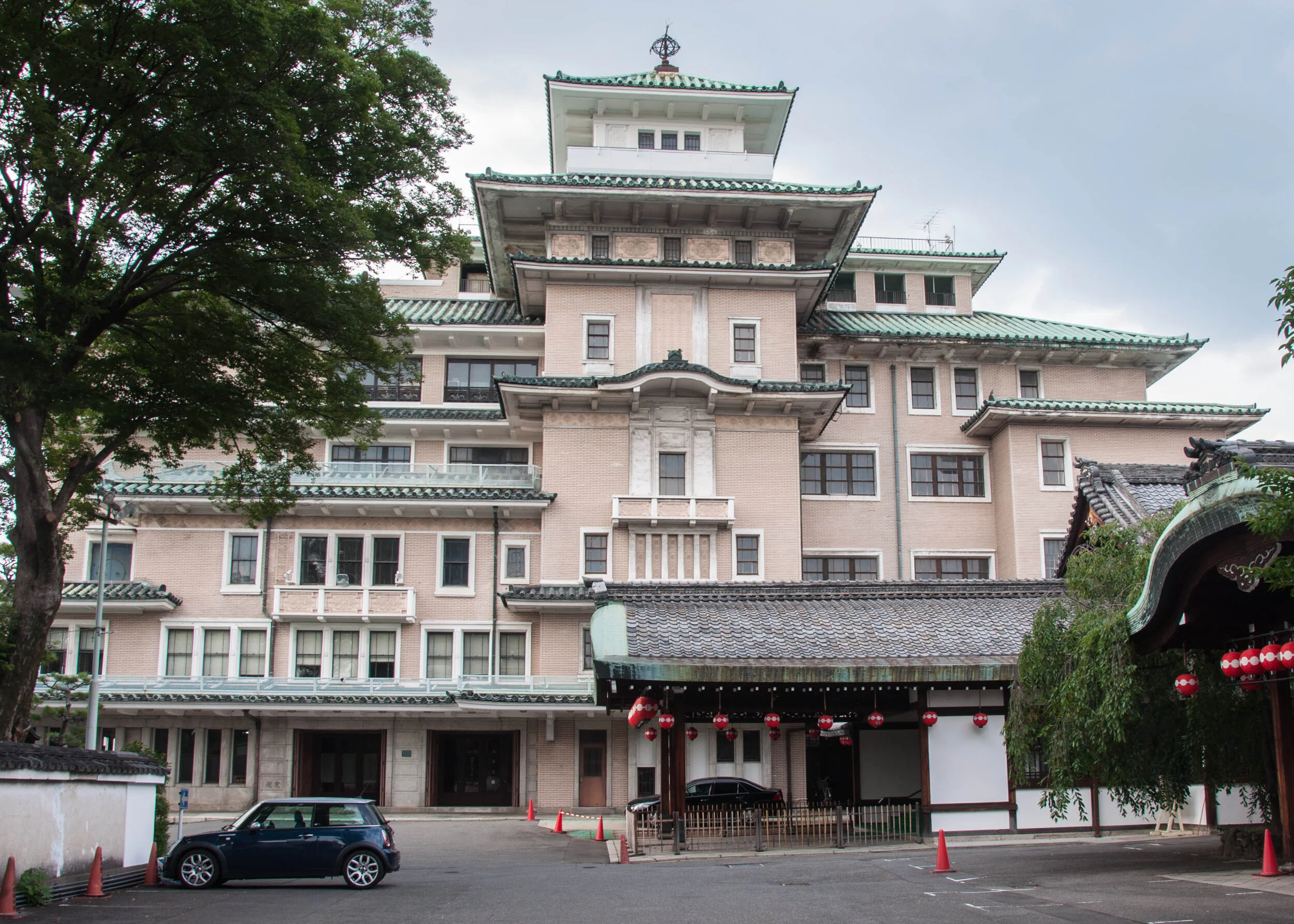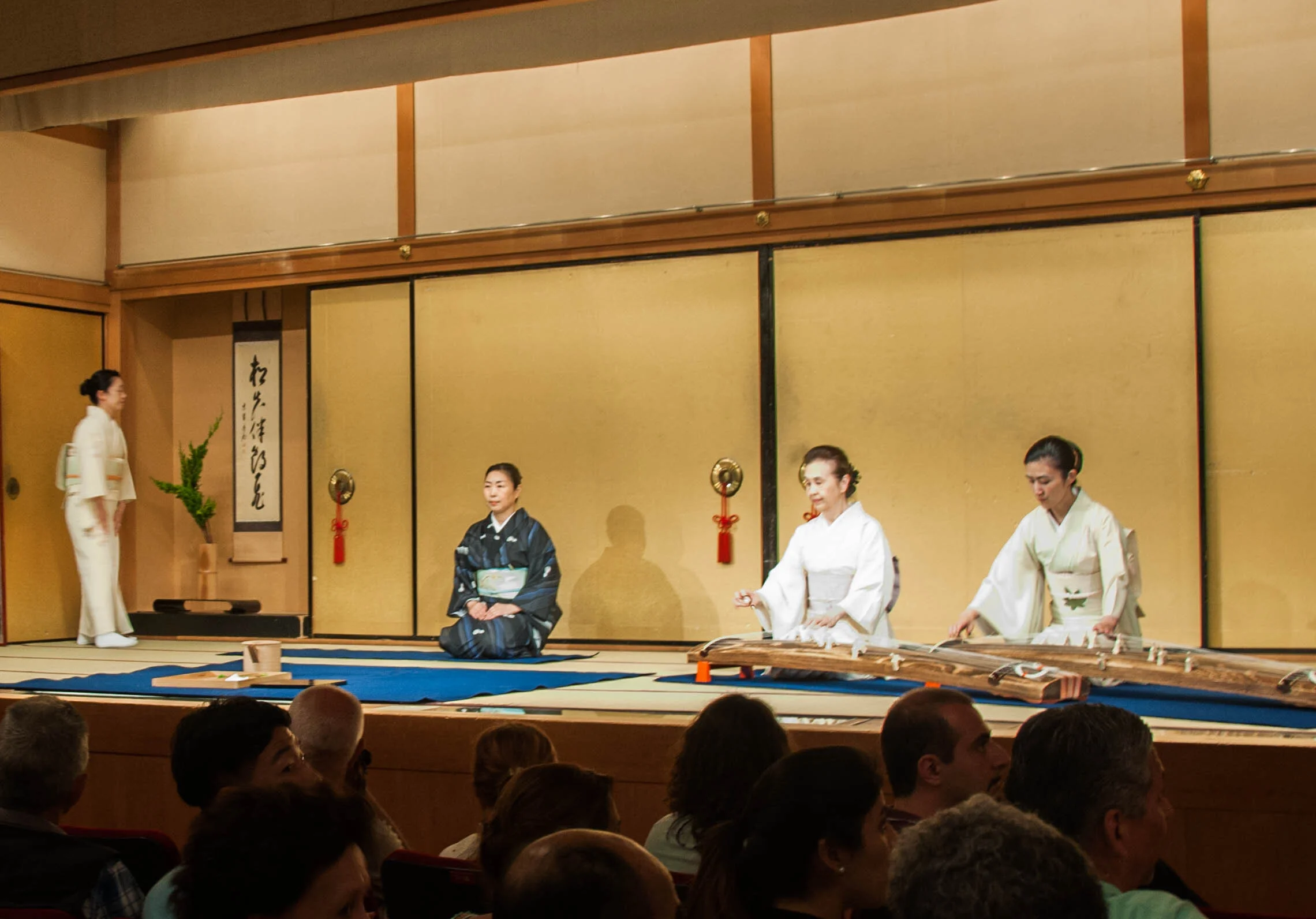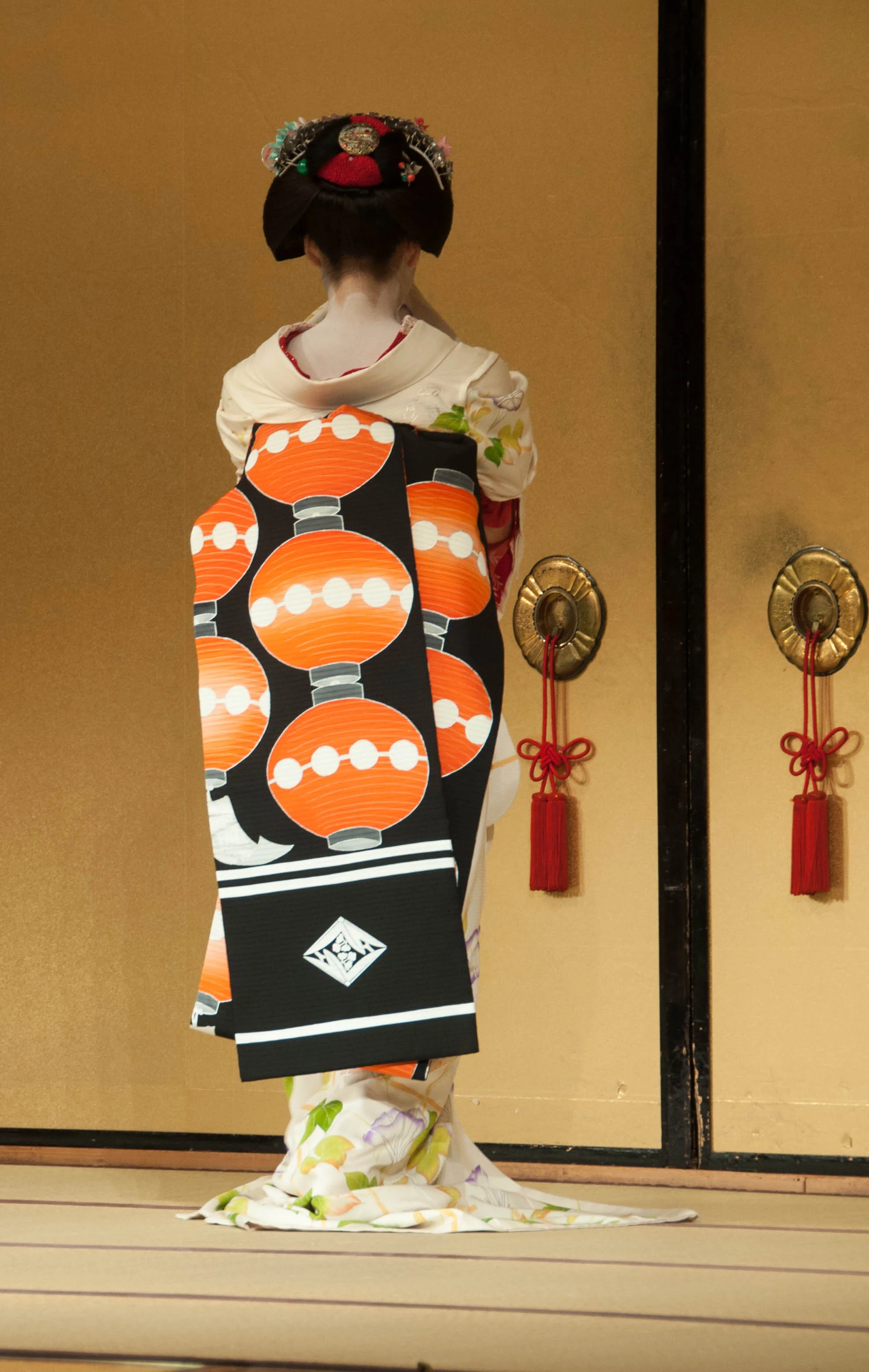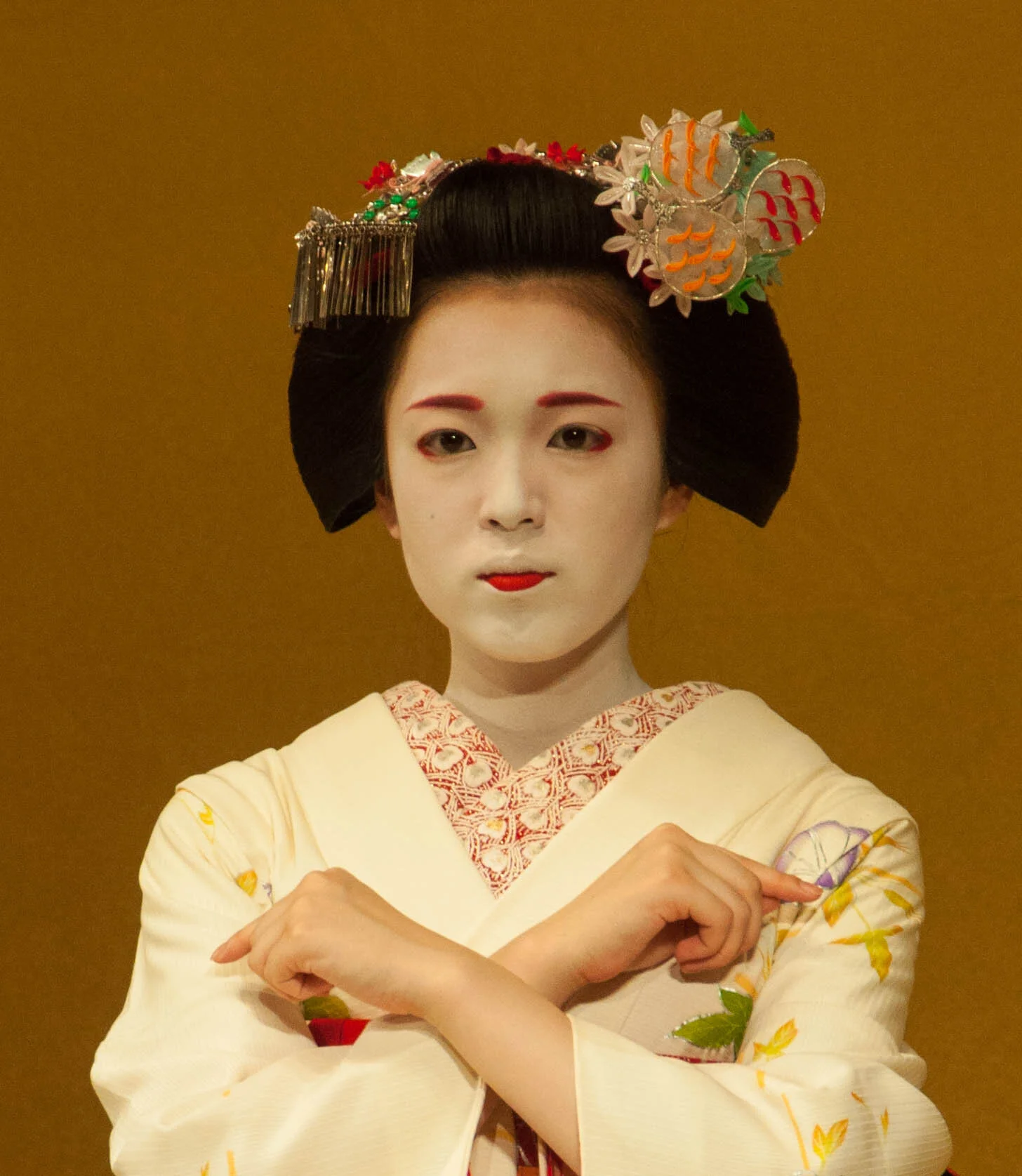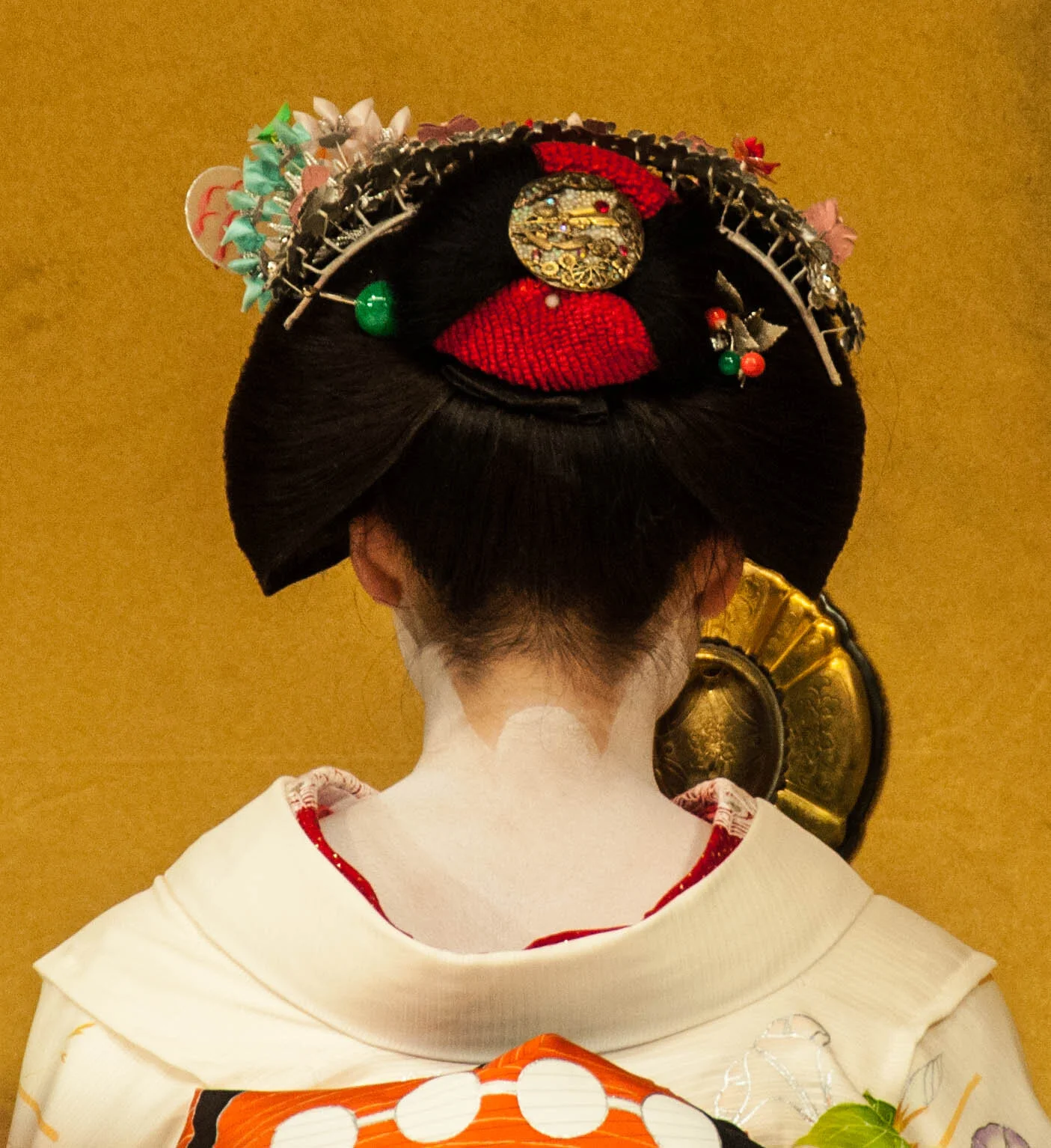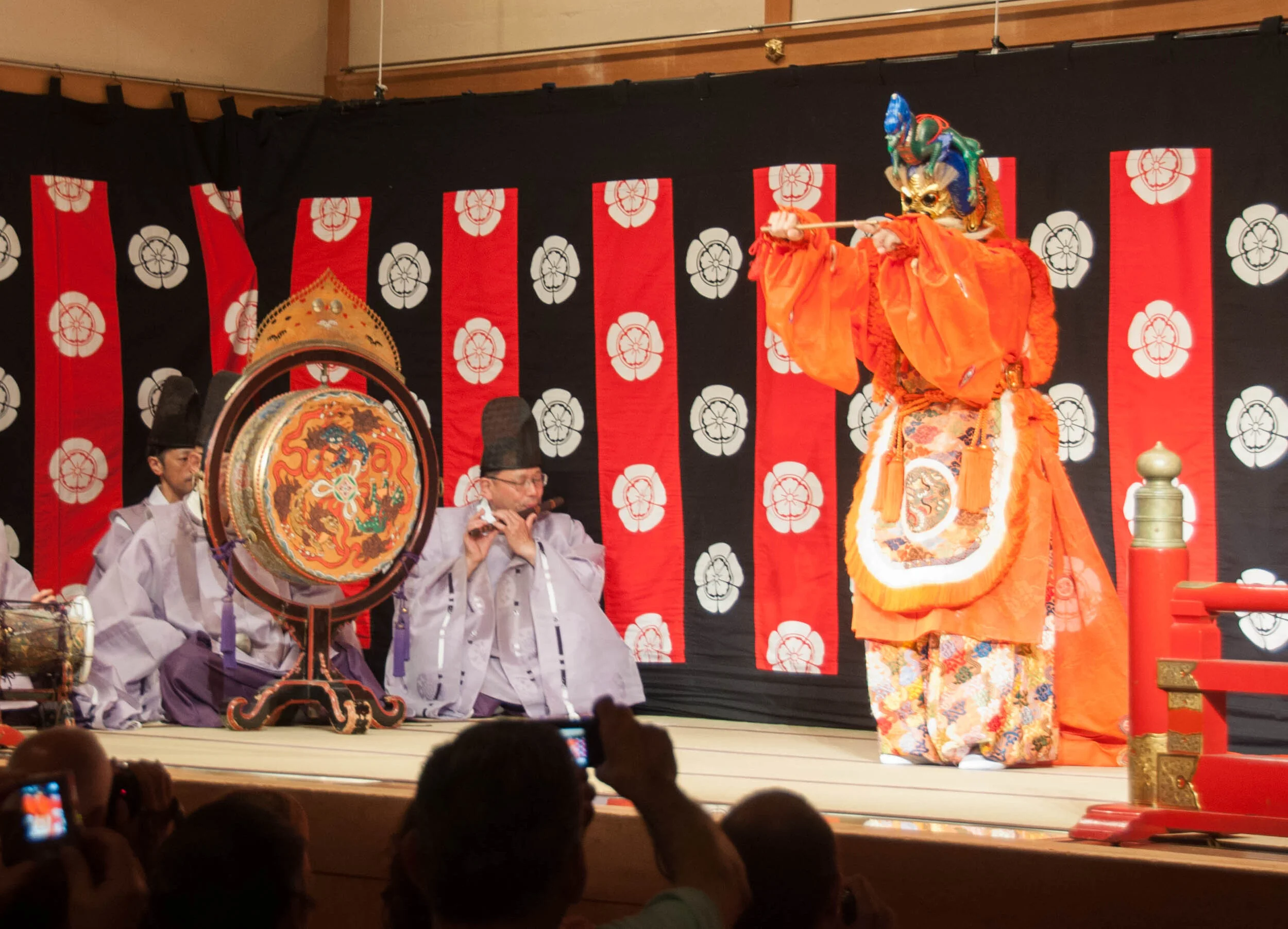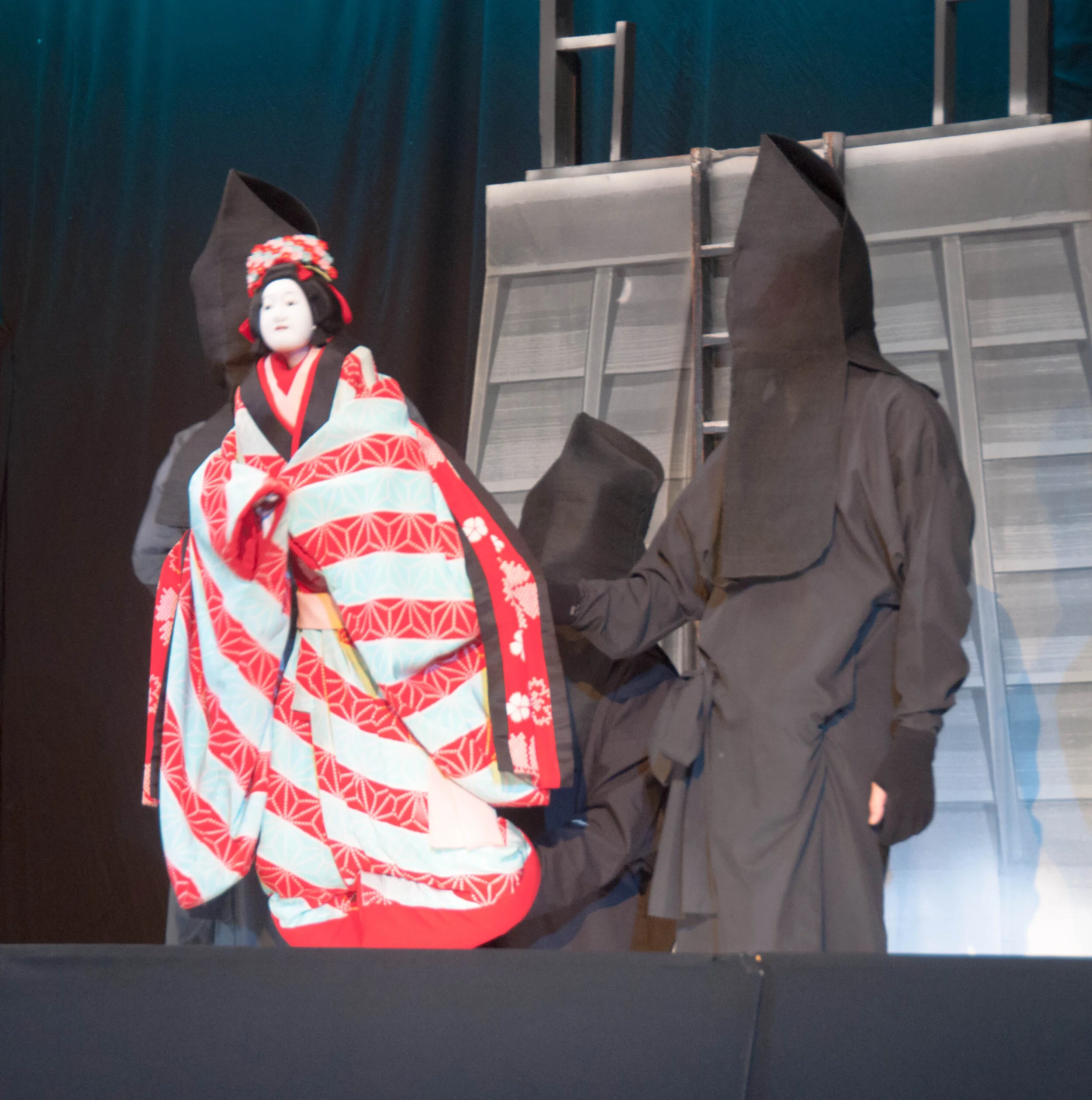FEASTS
SYNOPSIS: About the Nishiki Food Market, the Tea Ceremony at En, and the Gion Corner Potpourri performance of Japanese Culture.
Culture presents itself not just in permanent structures such as temples and shrines, but also in small tangible ways, etiquette of behavior, dress, food, music, theater, etc.
Today, I made the round exploring what I could: first, the Nishiki Food Market. It’s a small street in the center of the Gion district filled with food vendors. There are novelty foods, spices, pickled vegetables and fruits; there is tea, sake, sweets and fish in all variations. I hope there is some selling going on as most of what I observed were tourists like me, taking pictures.
The market was a feast for the senses (that is if you like tight spaces with an overload of things and smells).
TEA CEREMONY
In the afternoon, I went to a small tea house tucked into a tiny alley near the Yasaga Shrine. There was an enterprising young woman who is studying the art of tea. She has been doing this for 1.5 years so far, but it takes a full 10 years to become a tea master! She figured out that foreigners like me will actually pay a lot of money to learn. So she rented this tea house and is putting on three shows every day in which she is demonstrating the tea ceremony preceded by an introduction of the utensils used in the ceremony, and followed by the opportunity to whisk and consume your own green tea. Six other foreigners and I were in the group. That was thankfully small. The next group after us most likely had 20-25 people in it. No fun in a small tea house.
I guess you are best equipped for the tea ceremony if you have some experience with meditation. It is a slow, deliberate and very stylized operation which has its roots in Zen Buddhism. Everything, from how the hostess enters the room, how she folds her handkerchief, how she sits, how she holds the ladle, how she stirs, has been regulated. I wonder if this highly revered tradition in part is responsible for all the rules in Japanese society today? Rules definitely go way back in this culture and I think Zen Buddhism has to take a lot of responsibility. I will check that out.
Well, that was a feast for your taste buds (that is if you like soupy green powdered tea).
One aspect of Japanese culture has fallen very short so far: the performing arts. Unfortunately, neither June nor July is a great time to observe a lot of theater. None of the famous art forms were performed while I was in town. Not Noh, a very stylized form of performances associated with Shintoism, not the famous Geisha Dances Kyoto is known for, not any traditional Kabuki or Bunraki theater either. I had to go with the one hour (almost) daily show at the Gion Corner which is pretty much performed for tourists only. The first time I came, I had made a special date for it but found myself in front of closed doors. Today, I came as sweaty as I was; ultimately, much more appropriate.
This show is a mess! Everyone is there mainly to take pictures and you have to imagine the most unruly site you have seen in any theater ever. People are getting up, holding up their I-pads, snapping their flashlights, etc. You might as well get ready and do the same thing as there is no way to enjoy this show in a contemplative way. But once you get over that hurdle, and you accept that it is all about snapping pictures, you can at least learn a bit.
The show starts off with the selection of two audience members who will be served tea by a tea master. As the tea ceremony is in full swing off to the side of the stage and the audience is already getting impatient — this after all is a slow, stylized and artificial affair — the curtain opens for all those short attention span people, and two players on stage perform traditional koto music. The koto is the quintessential Japanese stringed instrument (13 strings), plucked with a plectrum. At the same time a woman appears on stage, accompanied by the koto, and the still ongoing tea ceremony is putting together a flower vase demonstrating the art of ikebana or kado. This “triptych” performance lasted for about 15 minutes.
Three more 15-minute segments followed: First, there was Gagaku, or court music. It was very similar to some of the nightly street performances that were going on in Kyoto now leading up to the Gion Matsuri. Fancily dressed performers move slowly and in stylized unison accompanied by a seated orchestra made up of drums, flutes, and bells.
What everyone was waiting for was the Kyomai, a dance style particular to Kyoto, performed by Maiko (Geishas in training) and Geishas. More fun would be to see this dance during one of the main festivals as it is then performed by multiple dancers. But we got at least one Maiko. She performed two dances about a woman’s feelings during two different seasons. Again, a slow performance, stylized and deliberate. Each raised eye brow, each tilted finger is to express an ascribed emotion. This type of extreme understatement is very much related to Noh theater, an art form associated with Shinto and the courts.
For comic relief a brief Kyogen act was performed. That is a popular play which is performed as interlude during the serious, stylized and somewhat lengthy Noh plays. It focuses on daily life scenes, exposes human weaknesses, pokes fun at people. In this case, a paranoid lord had tied his servants up to prevent them in his absence from drinking his sake. Well, they managed anyhow, got drunk and then mocked the lord who had come back only to witness their merrymaking and hear them talk about him in no flattering terms.
The final sketch was a Bunraki (puppet theater) scene of a distressed woman who could not get up the ladder of a very steep temple to ring the bell. Finally, she managed. Most interesting was to see that it took three black-mummied men to operate one single puppet. Quite some engineering going there.
Curtain drawn; that was a feast for the senses (that is if you could ignore all the flashing, snapping, and clicking of dozens of cameras).
Good night.
